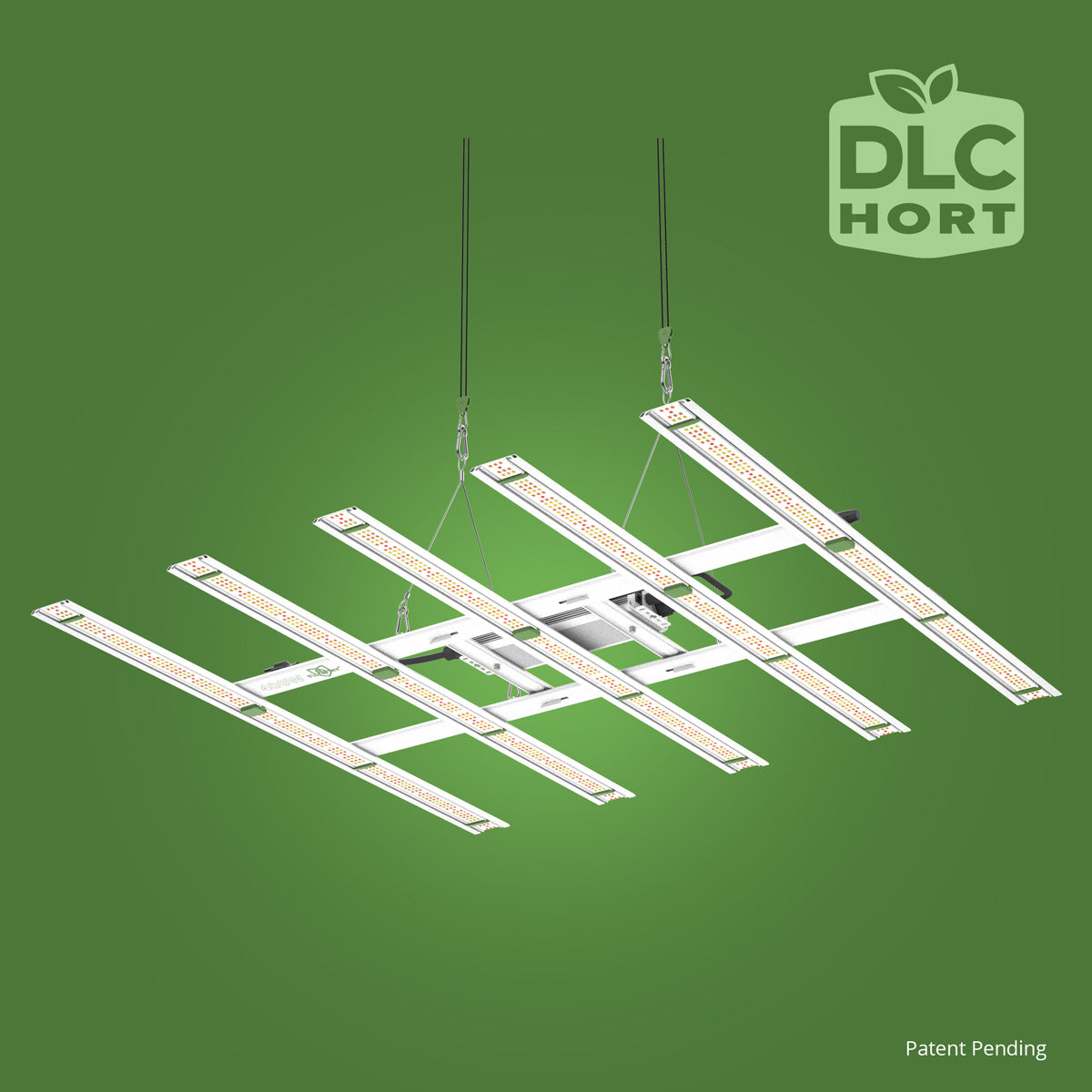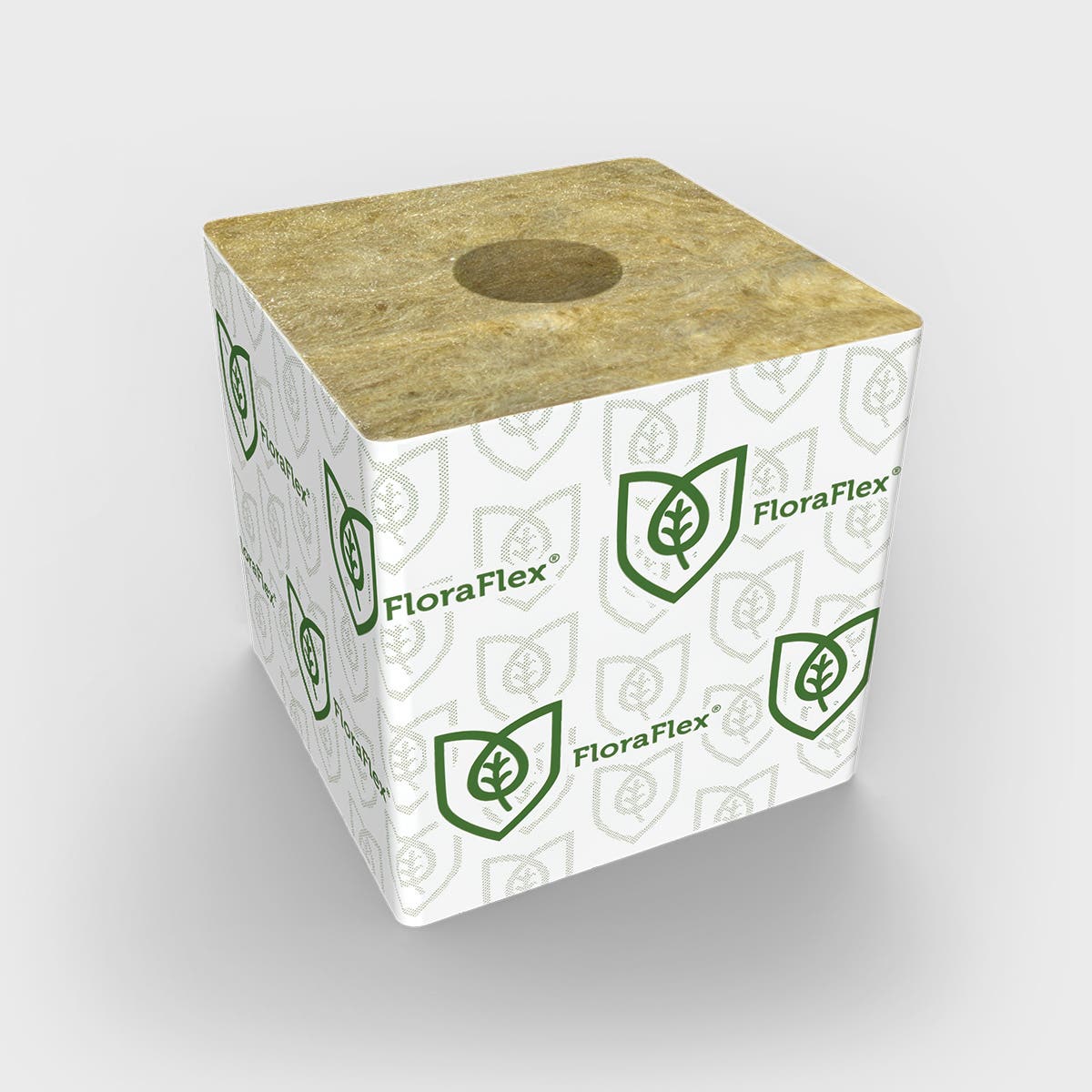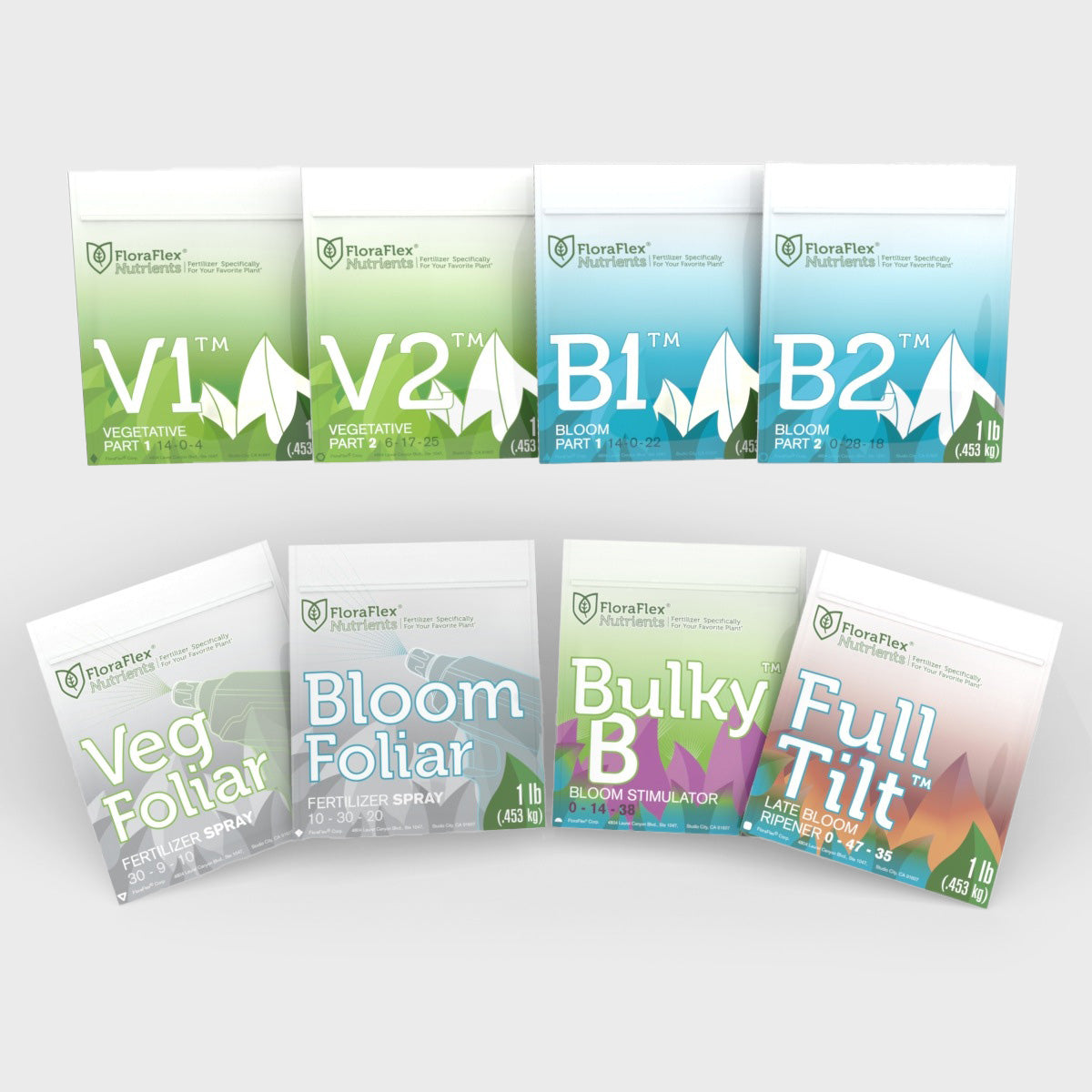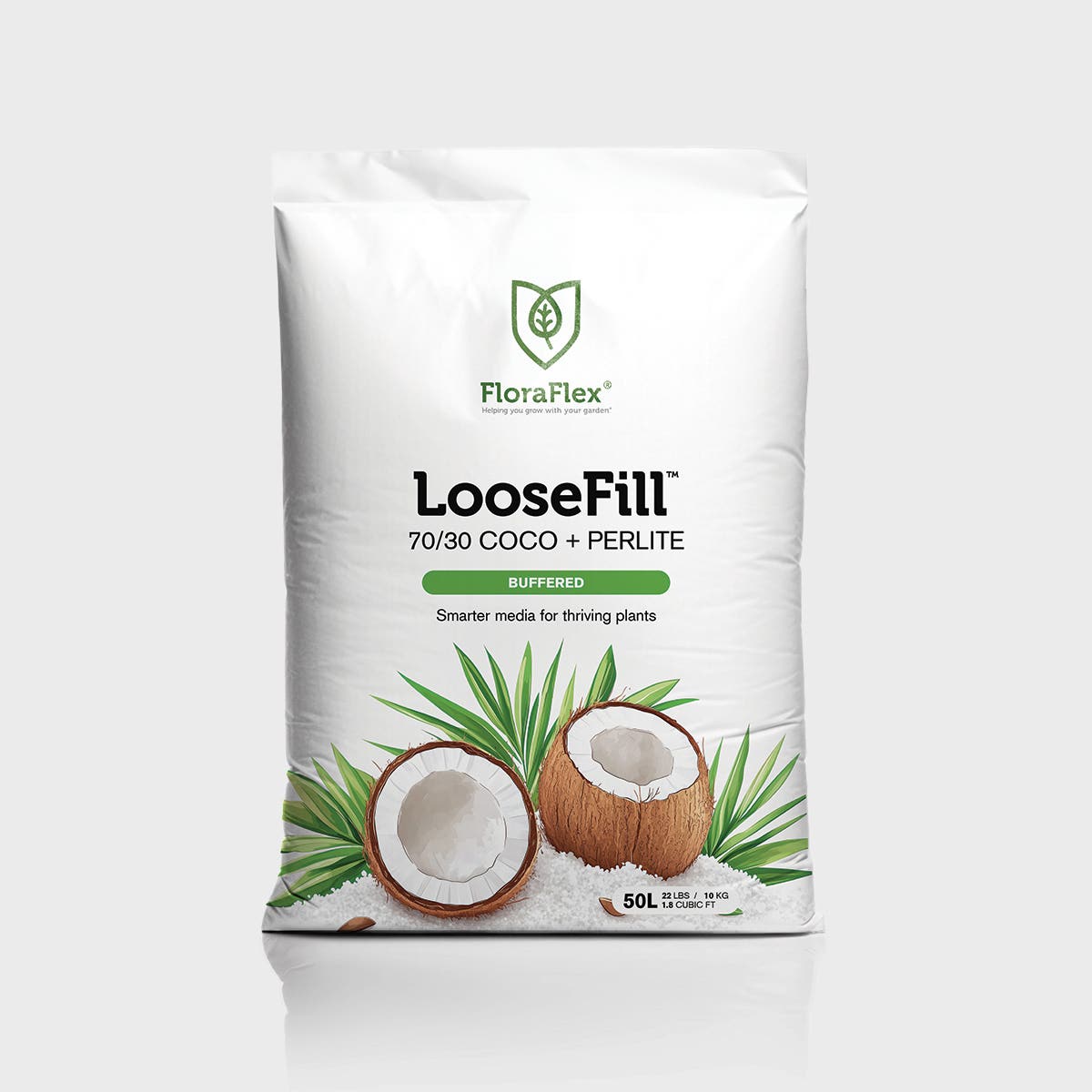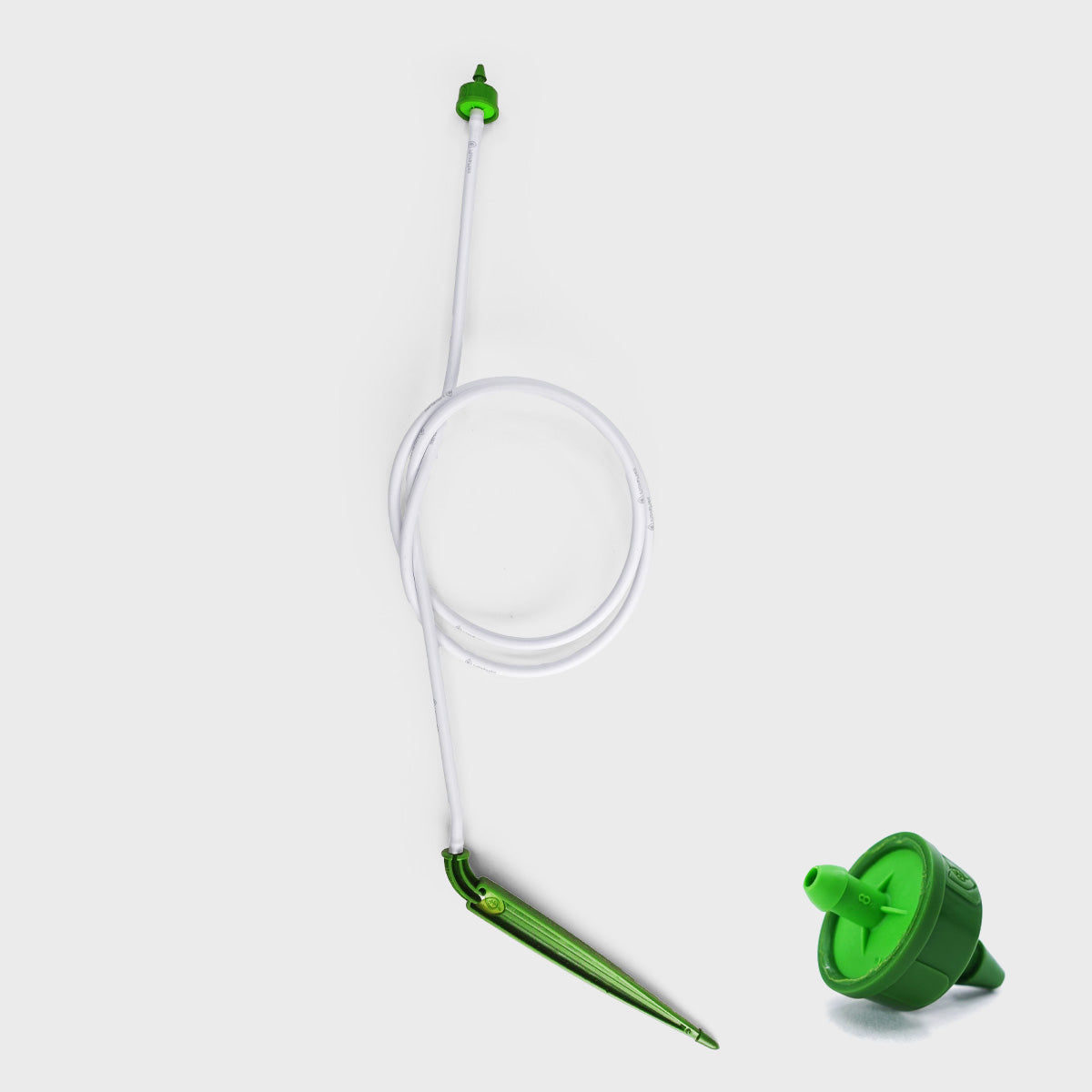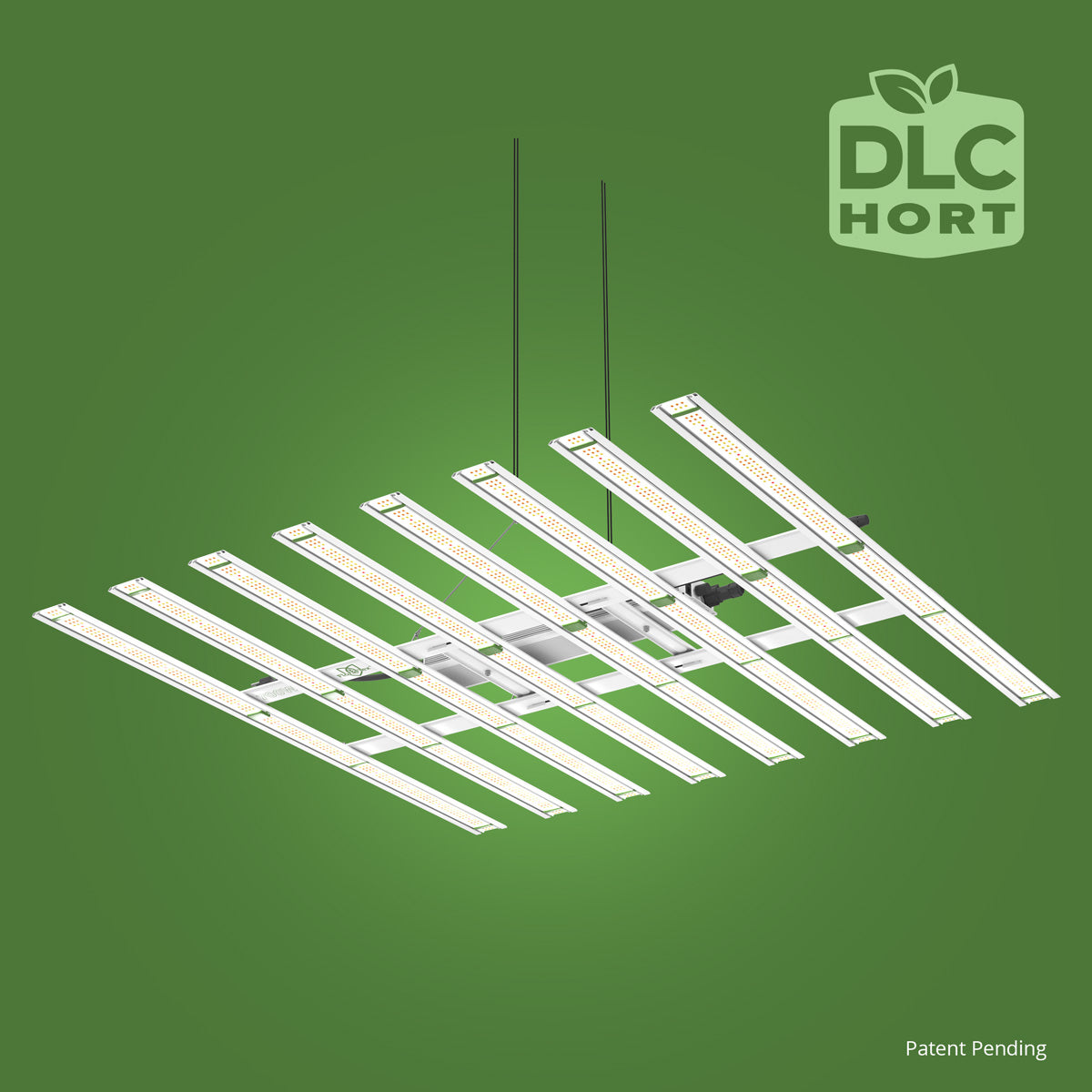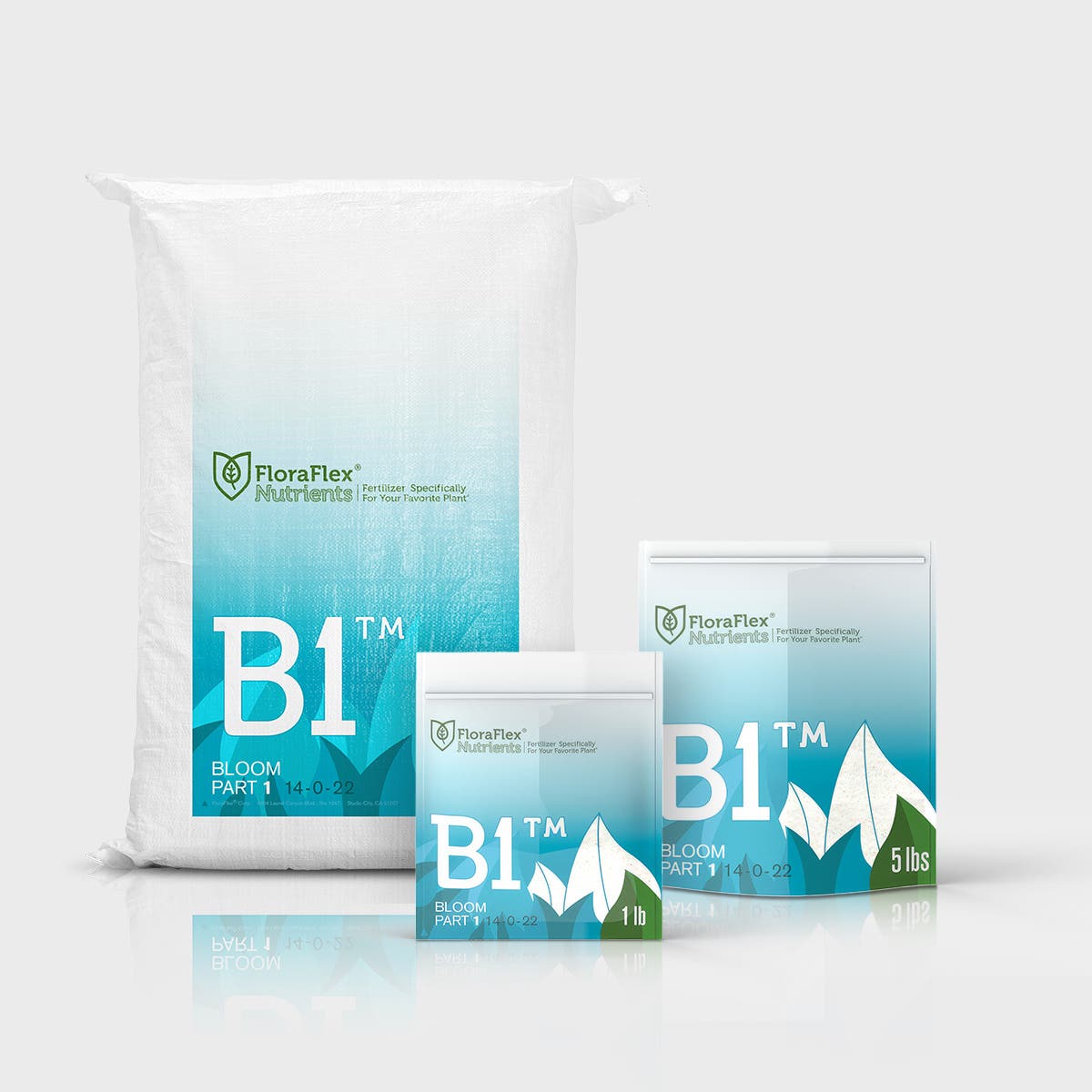1. Selecting the Right Genetics
Choosing cannabis strains that are well-suited for outdoor cultivation is crucial. Look for strains that are resilient, resistant to pests and diseases, and have a shorter flowering period to ensure successful growth and harvest in your specific climate.
2. Site Selection
Identify an optimal outdoor growing site that receives ample sunlight, has good air circulation, and offers protection from strong winds or potential threats. Consider factors such as access to water, soil quality, and the availability of sufficient space for your desired cultivation scale.
3. Soil Preparation and Nutrient Management
Prior to planting, prepare the soil by removing weeds, aerating the ground, and incorporating organic matter. Conduct soil tests to assess its nutrient composition and pH levels. Adjust the soil pH and provide appropriate nutrients throughout the cultivation cycle to support healthy plant growth and maximize yields.
4. Watering Techniques
Develop a proper watering schedule based on your climate and the specific needs of your plants. Pay attention to moisture levels and ensure proper drainage to prevent waterlogged soil. Implement efficient irrigation methods such as drip irrigation or soaker hoses to minimize water waste and optimize plant hydration.
5. Pest and Disease Management
Regularly monitor your plants for pests and diseases, and promptly address any issues. Implement preventive measures such as companion planting, physical barriers, and organic pest control methods to minimize infestations. Stay informed about common pests and diseases in your region to take appropriate preventive and responsive actions.
6. Training and Pruning
Implement training techniques such as topping, pruning, and trellising to control plant height, improve light penetration, and promote even canopy development. This helps maximize bud production and optimize overall plant health.
7. Timing and Light Management
Understanding the local climate and seasonal changes is crucial for timing your planting and harvesting. Utilize light deprivation techniques, such as covering plants to control light exposure, to manipulate flowering periods and extend the growing season, especially in regions with shorter summers.
8. Environmental Protection
Protect your outdoor crop from extreme weather conditions, including heavy rains, strong winds, and temperature fluctuations. Consider installing windbreaks, shade cloths, or hoop houses to provide protection and maintain optimal growing conditions.
9. Harvesting and Drying Techniques
Harvest your cannabis plants at the appropriate time based on desired cannabinoid and terpene profiles. Use proper harvesting techniques to preserve trichomes and minimize damage. Follow best practices for drying and curing to enhance flavor, aroma, and overall quality.
10. Record-Keeping and Analysis
Maintain detailed records of your cultivation practices, including planting dates, nutrient applications, pest management activities, and harvest yields. Regularly review and analyze this data to identify areas of improvement and refine your outdoor cultivation strategies over time.
By implementing these strategies and adapting them to your specific outdoor growing environment, you can optimize crop productivity, maximize yields, and cultivate high-quality cannabis plants. Remember that successful outdoor cultivation requires continuous observation, adaptability, and a deep understanding of your local climate and growing conditions.

